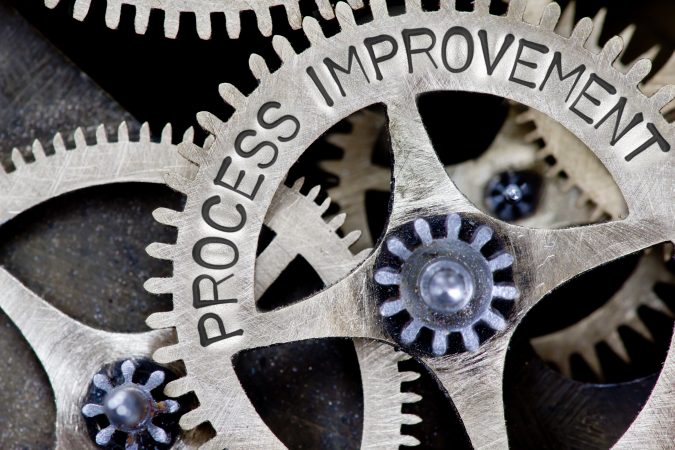
“The intuitive mind is a sacred gift, and the rational mind is a faithful servant. We have created a society that honors the servant and has forgotten the gift.” – Albert Einstein.
It is a frequently observed phenomenon that experienced experts often seem to reject the introduction of process models. This raises some interesting questions, e.g., regarding a process-driven organization’s effectiveness vs. implicitly performing expert groups. Which concept is more efficient: a group of process-conformant workers (“competent,” read further for more details on “competence”) or a self-organized expert team? Our expert teams and the process conformity incompatible terms? Is it possible to create an organization consisting of process-conformal experts? These questions are more than justified, considering the considerable challenge organizations face introducing process models as required by the CMMI model (3rd maturity level). Due to the necessary budget and the high failure risk, that kind of measure must withstand a critical examination. The rationally defined goal of process improvement is to model all relevant processes to reveal the weaknesses and to eventually “implement” the resulting improvement measures. This implies that one of the first steps should be converting the existing expert knowledge into a set of rules to be used as a basis for the improvement project. But what IS an “expert” anyway? In their famous book Mind over Machine, the Dreyfus brothers introduce their famous Model of Skill Acquisition. It consists of five stages:- Novice (only follows context-free rules).
- Advanced Beginner (uses new situational elements. Decisions are still solely based on rules).
- Competent (the number of rules has grown large, available information is prioritized, self-organizing).
- Proficient (first intuitive decisions, holistic thinking begins, verifies own intuitive decisions using rational patterns).
- Expert (holistic thinking, including decision-making and planning).
- The process flows, and results are not correctly captured – for the previously mentioned reasons, the experts just don’t give the best possible answers.
- Eventually, the process improvement action conducted on that incorrect basis delivers mediocre results.
- The process description differs from the reality because of the erroneous expert answers used to build the model.
- An obligatory process model forces the experts to reduce their holistic abilities and act proficiently (that is, two skill levels below their actual abilities)!
Let’s start a conversation on LinkedIn or X.com (formerly Twitter).
I am a project manager (Project Manager Professional, PMP), a Project Coach, a management consultant, and a book author. I have worked in the software industry since 1992 and as a manager consultant since 1998. Please visit my United Mentors home page for more details. Contact me on LinkedIn for direct feedback on my articles.

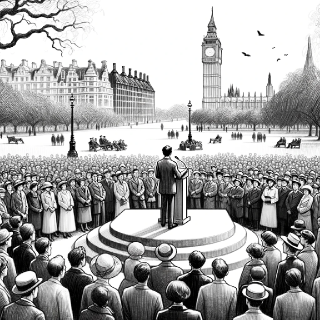

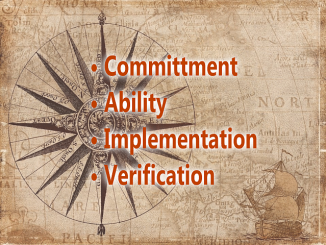
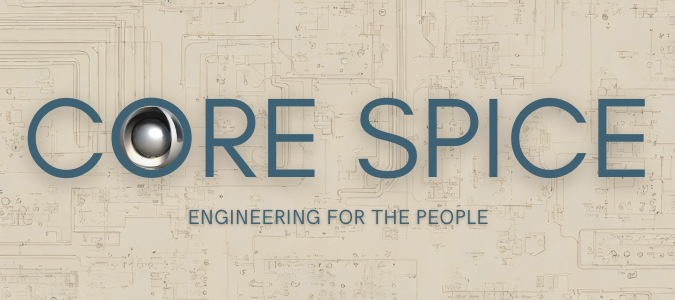
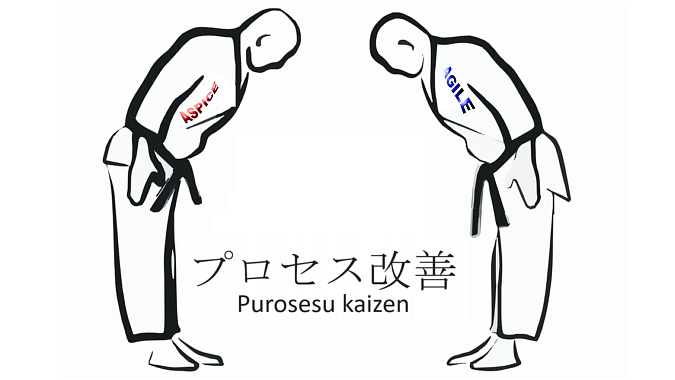
Be the first to comment